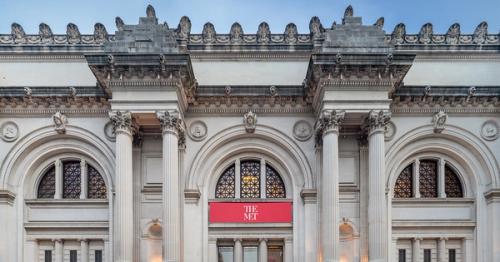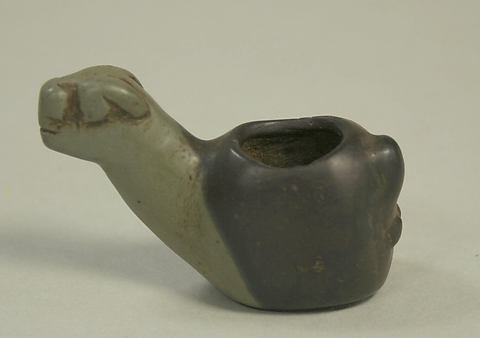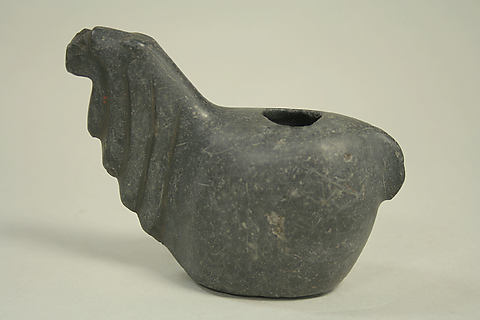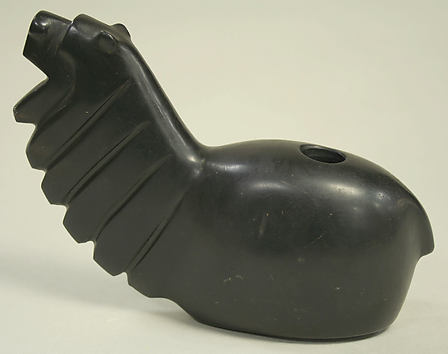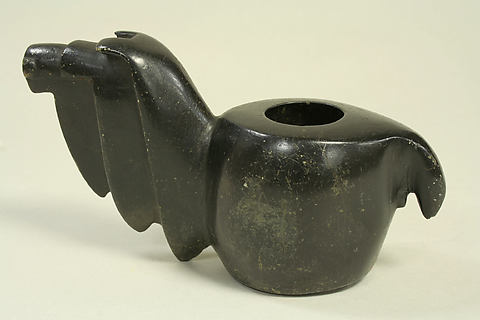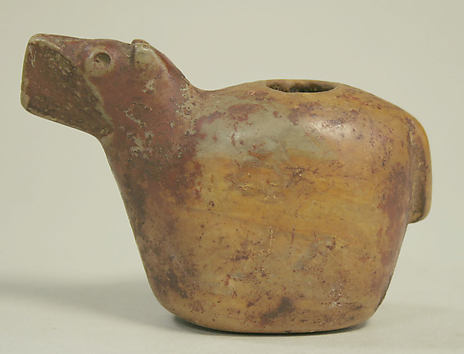Early in 1972 the Metropolitan Museum opened an exhibition of photographs that held visitors in fascination. The subject was China: the land, the people, the changing ways of life there. The perspective was historical, beginning with camera images of a century ago and progressing to documentary material almost as timely as today's news developments. This book contains the exhibition's highlights: work by the Scot, John Thomson, showing us China when the country was first generally open to Western travelers; photographs Edgar Snow and his wife made in Red territory during the years of struggle between the Communists under Mao Tse-tung and the Nationalists under Chiang Kai-shek; views of the Sino-Japanese conflict made by Robert Capa in 1938; images by Henri Cartier-Bresson encompassing the final days of the Kuomintang and the emergence of the new China; and work by Marc Riboud and René Burri capturing the present home look of the Chinese People's Republic, world power. Comments by the photographers themselves accompany their work, and a comprehensive, well-illustrated introduction traces the history of Western photography in China. One visitor to the exhibition, struck with the revelations the photographs provided, wrote, "We are left with the feeling of having observed not a mere century of the dramatic vicissitudes of a civilization, but something closer to a millennium." A similar impact is to be found in the present book.
